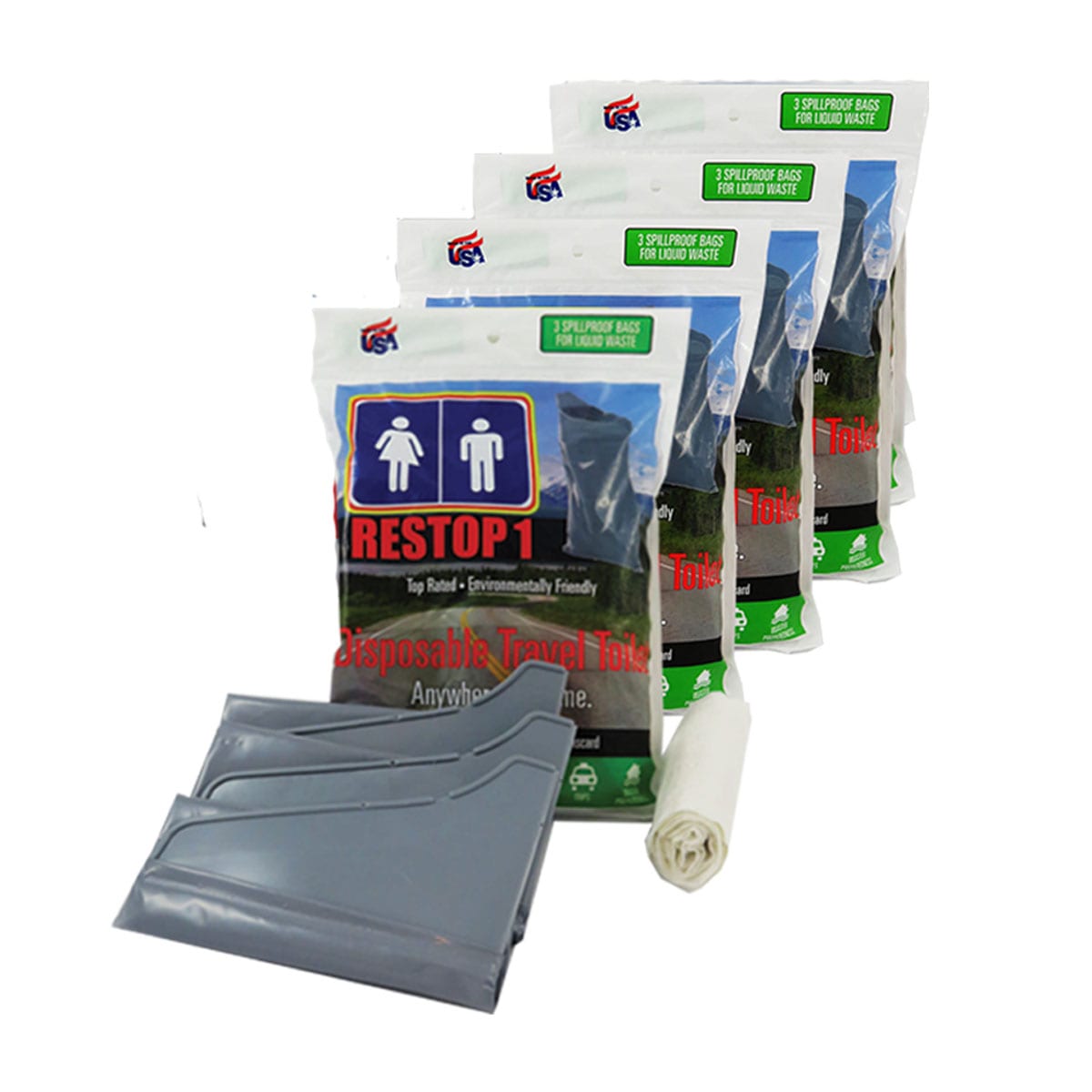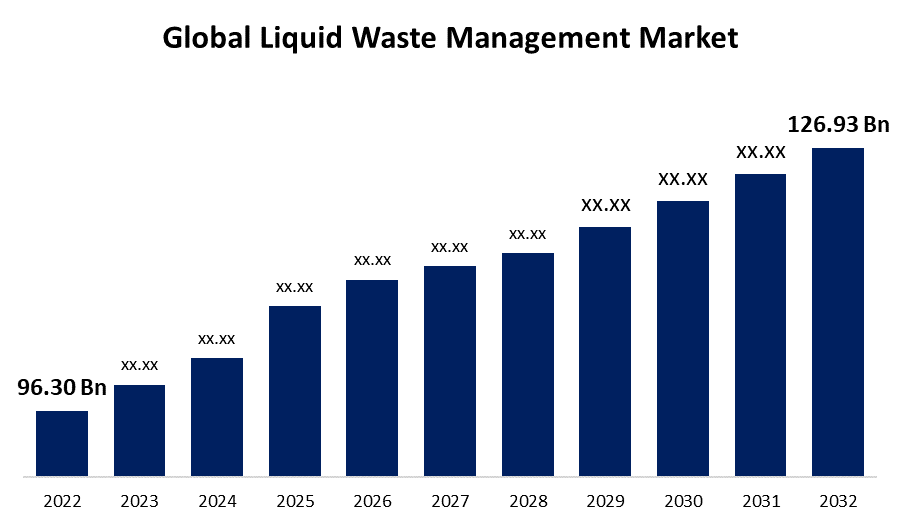Comprehensive Liquid Waste Disposal: Solutions for Homes and Companies
Comprehensive Liquid Waste Disposal: Solutions for Homes and Companies
Blog Article
Exactly How Liquid Waste Disposal Functions: A Thorough Review of Methods and Technologies Utilized

Introduction of Fluid Waste Kind
The complexity of liquid waste types necessitates a detailed understanding of their characteristics and implications for disposal. Liquid waste can broadly be classified right into numerous kinds, consisting of commercial, metropolitan, farming, and hazardous waste. Each classification displays distinctive properties, requiring specific management strategies to minimize ecological and health and wellness dangers.
Industrial liquid waste originates from manufacturing processes and commonly has a series of contaminants, such as heavy steels, solvents, and organic substances. Community liquid waste, largely consisting of wastewater from homes and commercial facilities, consists of organic issue, nutrients, and microorganisms (industrial wastewater treatment). Agricultural liquid waste, consisting of drainage from farms, might include plant foods, pesticides, and pet waste, presenting risks to water top quality and ecological communities
Unsafe liquid waste is defined by its poisoning, reactivity, or potential to trigger injury. Understanding these diverse fluid waste kinds is crucial for establishing reliable disposal approaches and guaranteeing compliance with ecological laws.
Physical Treatment Methods

Screening is the initial step, where larger fragments and particles are gotten rid of from the fluid waste utilizing screens or grates. This process safeguards downstream equipment from damage and ensures smoother procedure. Adhering to testing, sedimentation makes use of gravitational pressure to different solids from fluids. In sedimentation storage tanks, much heavier bits work out near the bottom, creating a sludge layer, while the made clear fluid can be additional treated.
Purification is an additional crucial technique that includes passing the liquid through permeable materials, such as sand or membranes, to capture smaller sized bits. This step boosts the quality of the fluid, making it appropriate for subsequent therapy processes.

Chemical Treatment Strategies
Chemical treatment strategies are necessary for effectively taking care of liquid waste, specifically in dealing with liquified and colloidal pollutants that physical approaches may not appropriately eliminate. These strategies use numerous chemical agents to counteract, precipitate, or change unsafe compounds right into less dangerous forms.
One common technique is coagulation and flocculation, where chemicals such as alum or ferric chloride are contributed to promote the gathering of put on hold particles. This process boosts sedimentation, permitting much easier elimination of the resulting sludge. Additionally, oxidation procedures, using agents like chlorine or ozone, are utilized to damage down complex natural substances and microorganisms, providing the waste safer for discharge or additional therapy.
Neutralization is an additional crucial strategy, which adjusts the pH of acidic or alkaline waste streams to neutral levels, protecting against prospective injury to downstream he said systems and the environment. Additionally, progressed oxidation procedures (AOPs) utilize combinations of oxidants and ultraviolet light to break down consistent toxins, attaining a greater degree of therapy efficiency.
Biological Treatment Processes
Organic therapy procedures play an important function in the monitoring of liquid waste by using microbes to decompose natural issue and minimize impurity degrees. These processes can be extensively classified right into cardio and anaerobic therapies, each employing particular microbial neighborhoods to attain reliable waste destruction.
Cardio treatment includes using oxygen to help with the malfunction of natural materials by germs. This process is frequently executed in activated sludge systems, where oygenation containers supply a favorable setting for microbial growth, bring about the oxidation of natural contaminants. The resultant biomass can be separated from dealt with effluent with sedimentation.
On the other hand, anaerobic therapy takes place in the absence of oxygen, relying upon different bacteria to damage down organic matter. This approach is especially useful for high-strength waste, as it produces biogas, a sustainable power resource, while reducing sludge manufacturing. Technologies such as anaerobic digesters are often employed in local and industrial applications.
Both aerobic and anaerobic biological therapies not just reduce the environmental effect of liquid waste yet likewise facilitate source healing, making them vital elements of lasting waste administration strategies. Their efficiency, adaptability, and performance sustain their extensive application across different sectors.
Arising Technologies in Disposal
Ingenious techniques to liquid waste disposal are quickly developing, driven by improvements in technology and an increasing focus on sustainability. Among these emerging innovations, membrane layer bioreactors (MBRs) have actually obtained traction for their capacity to incorporate biological therapy with membrane layer filtration, resulting in high-grade effluent that can be Continue reused in various applications. MBRs enable smaller impacts and extra efficient operations compared to typical systems.
An additional appealing advancement is using anaerobic digestion combined with nutrient recuperation modern technologies, which not just deals with fluid waste yet additionally creates biogas and recoups beneficial nutrients like nitrogen and phosphorus. This twin advantage improves source effectiveness and decreases environmental impact.
Additionally, advanced oxidation procedures (AOPs) are being taken on for the destruction of intricate natural contaminants. These techniques utilize powerful oxidants and catalysts to damage down impurities at the molecular degree, using an extremely efficient service for challenging waste streams.
Moreover, the assimilation of expert system and maker discovering in waste administration try this website systems is enhancing operational efficiency and anticipating maintenance, resulting in reduced prices and enhanced environmental conformity. These innovations reflect a significant change towards more lasting and reliable liquid waste disposal methods.
Conclusion
To conclude, efficient liquid garbage disposal requires a comprehensive understanding of numerous techniques and modern technologies. The assimilation of physical, chemical, and biological treatment approaches guarantees the efficient monitoring of diverse waste types. Moreover, the development of cutting-edge innovations boosts therapy efficacy and advertises sustainability in waste administration techniques. By constantly advancing these methodologies, it ends up being possible to address the expanding difficulties connected with fluid waste, eventually contributing to ecological protection and resource recovery.
Fluid waste disposal is a crucial element of ecological monitoring, calling for a comprehensive understanding of various techniques and innovations tailored to different waste types. Liquid waste can extensively be categorized into a number of types, including industrial, community, agricultural, and dangerous waste. Agricultural liquid waste, including drainage from ranches, might have plant foods, chemicals, and pet waste, posturing risks to water quality and communities.
Different physical treatment methods play an important duty in taking care of fluid waste efficiently - industrial wastewater treatment.In final thought, reliable fluid waste disposal demands a thorough understanding of numerous strategies and modern technologies
Report this page